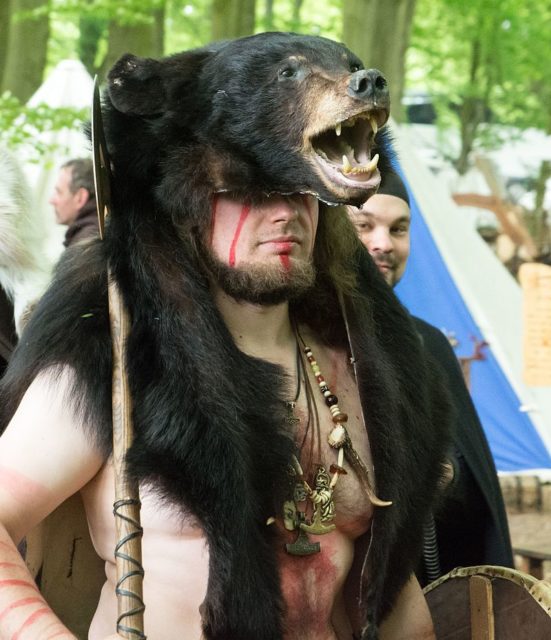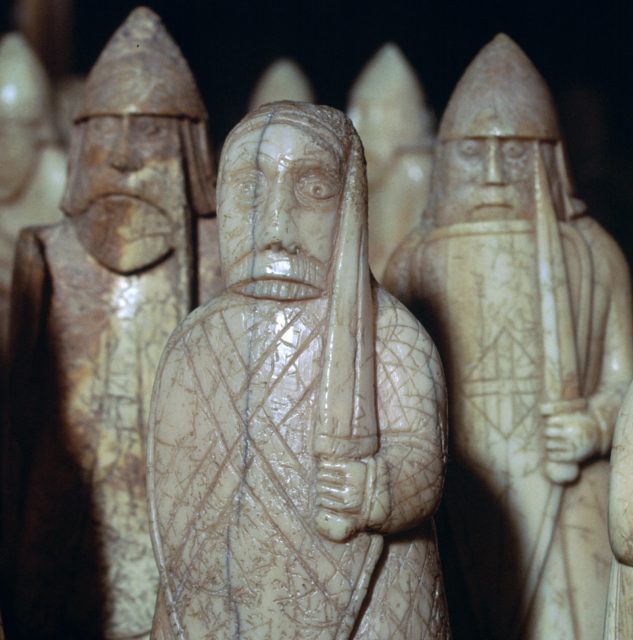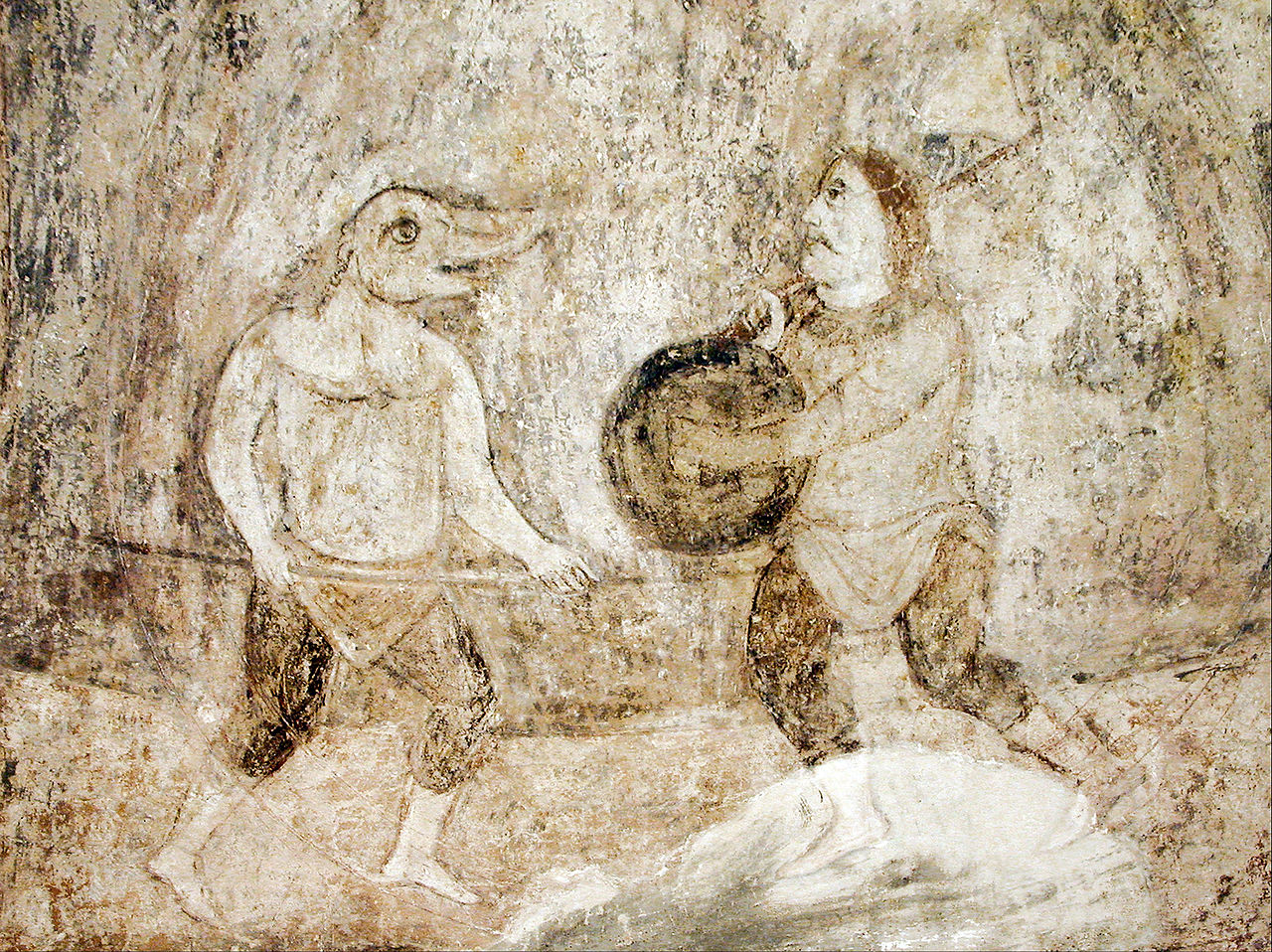Old Norse literature details stories of wild soldiers who fought battles in a trancelike state, feeling neither pain nor fear and not stopping until, they, or their enemy, were dead. These warriors are called berserkers, and their mythical abilities are not fully understood.
The berserkers’ combat exploits were so notorious that over the centuries many have simply assumed magical enchantments were responsible.
The Berserkers

Berserkers were legendary Viking soldiers that charged into battle with the characteristics of rabid animals; snarling, howling, and biting the edges of their shields in a blind rage. In fact, it is said that once the berserkers let loose they were unable to separate friend or foe, so it was best to stay away from these wild warriors.
Legend has it that when in battle they were immune to blades or fire and possessed the strength of oxen, but were able to be killed with blunt force.
The warriors worshipped Odin, the king of the Norse gods, and worked as bodyguards and loyal troops to chieftains and other noble figures. On the battlefield, they were often placed ahead of the main force and absorbed or dealt the first blow of an attack.
Before battle they would enter a trancelike state and begin foaming at the mouth, howling like animals and fighting anything in sight, so much so that they would start attacking even boulders and trees while waiting for battle. Reportedly they even killed each other.
The berserkers’ total lack of control could potentially devastate their own side’s battle plans if they did not adhere to them, attacked their own troops, or were just too busy fighting inanimate objects.
Their insane appearance and behavior would terrify the enemy and sometimes be enough to completely scare them away.
To go Berserk
Today, to go berserk is to lose control, a throwback term to the Viking-era berserkers.
The exact origin of the word berserker is unknown, but there are two prevailing theories; both relating to the attire worn, or not worn into battle.
Berserkers were said to have been devoted to individual cults relating to an animal, usually the bear or the wolf. The warriors would wear the skins of their respective animals into battle, which would also signify to others that they were a berserker.
It is thought that wearing a bearskin into battle is the origin of the word berserker. The word likely means “bear-shirt.” The Middle English word serk, meaning shirt, supports this idea. Another theory is that berserker actually means “bare-shirt,” suggesting that the berserkers fought completely naked, but this idea has mostly been dropped.
Proposed explanations

Clearly, the descriptions of berserker abilities teeter on the edge of the impossible, certainly for a human in any reasonable state of mind. But they did exist, so how did they possess seemingly superhuman strength and animalistic urges?
While the thought of Viking warriors fueled on Odin’s magical energy sounds awesome, the real explanation is likely to be either self-induced hysteria or hallucinogenic substances.
A berserker’s transition into their combat-ready mindset involved the chills, shivering, and chattering teeth, followed by swelling and reddening of the face. If a berserker survived the battle, they would be hit by powerful psychological and physical exhaustion, which took a few days to subside.
Self-induced hysteria may explain some of these symptoms, but one of the widely known theories explanations is fly agaric, a hallucinogenic mushroom, which would be consumed before a battle.
Fly agaric is toxic to humans in its natural state but is safe after the correct preparations. It is known that fly agaric has been used by ancient people for its psychoactive effects. When consumed, it can bring about visual and auditory illusions, as well as induce a number of similar-sounding symptoms as experienced by berserkers.
This includes hyperthermia, twitching and trembling, sweating, reddening of the face, delirium, and seizures. However, fly agaric is not known to produce extremely aggressive behaviors.
More From Us: Five Myths About the Vikings
More recently, the plant henbane has been proposed as a more likely explanation than fly agaric. It has been used for centuries for its psychoactive effects, as well as its ability to function as a painkiller.
Henbane can produce similar physical symptoms as fly agaric, but related plants are also able to make somebody extremely angry.
The exact explanation for their abilities may have been forgotten but the berserkers certainly haven’t been.
